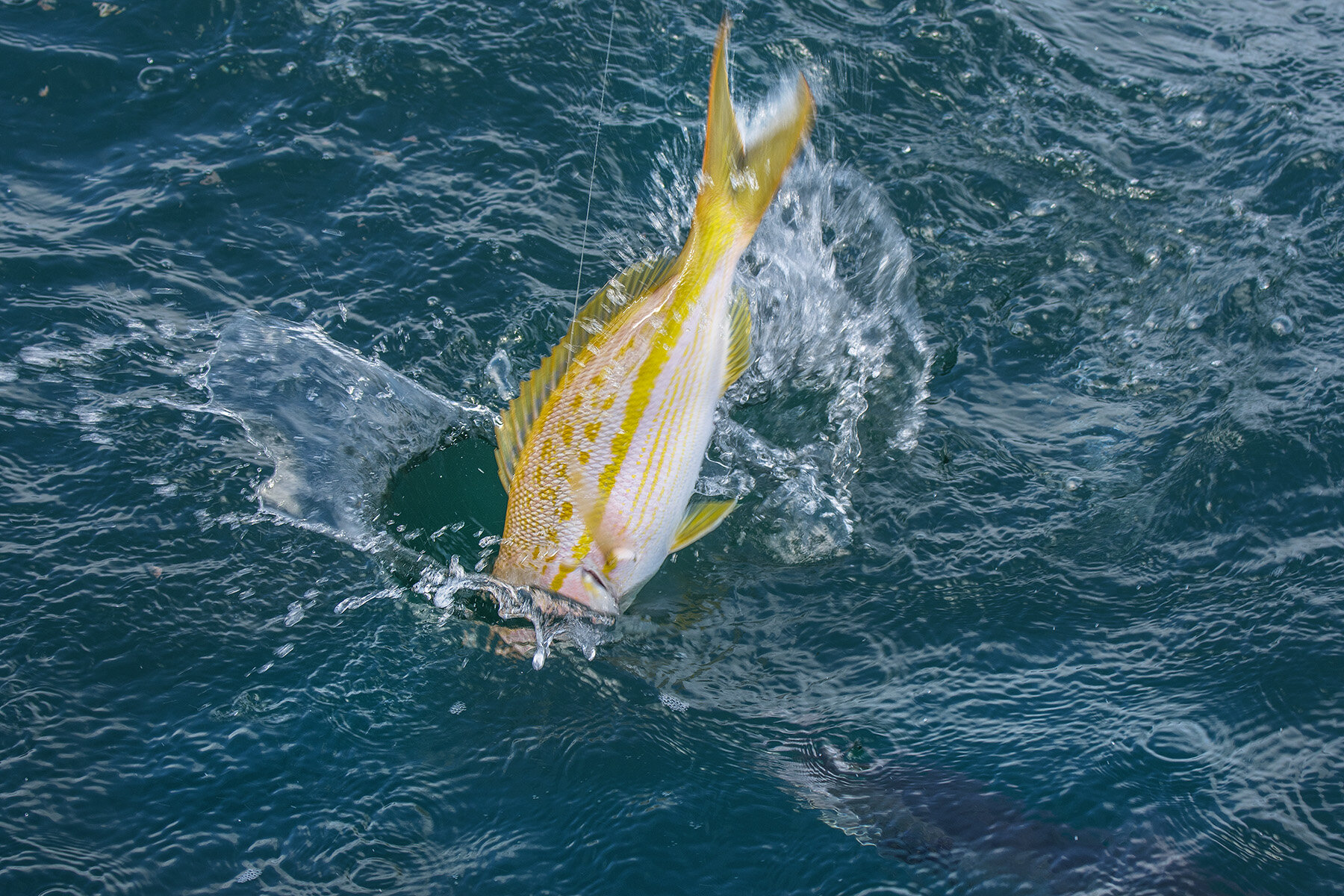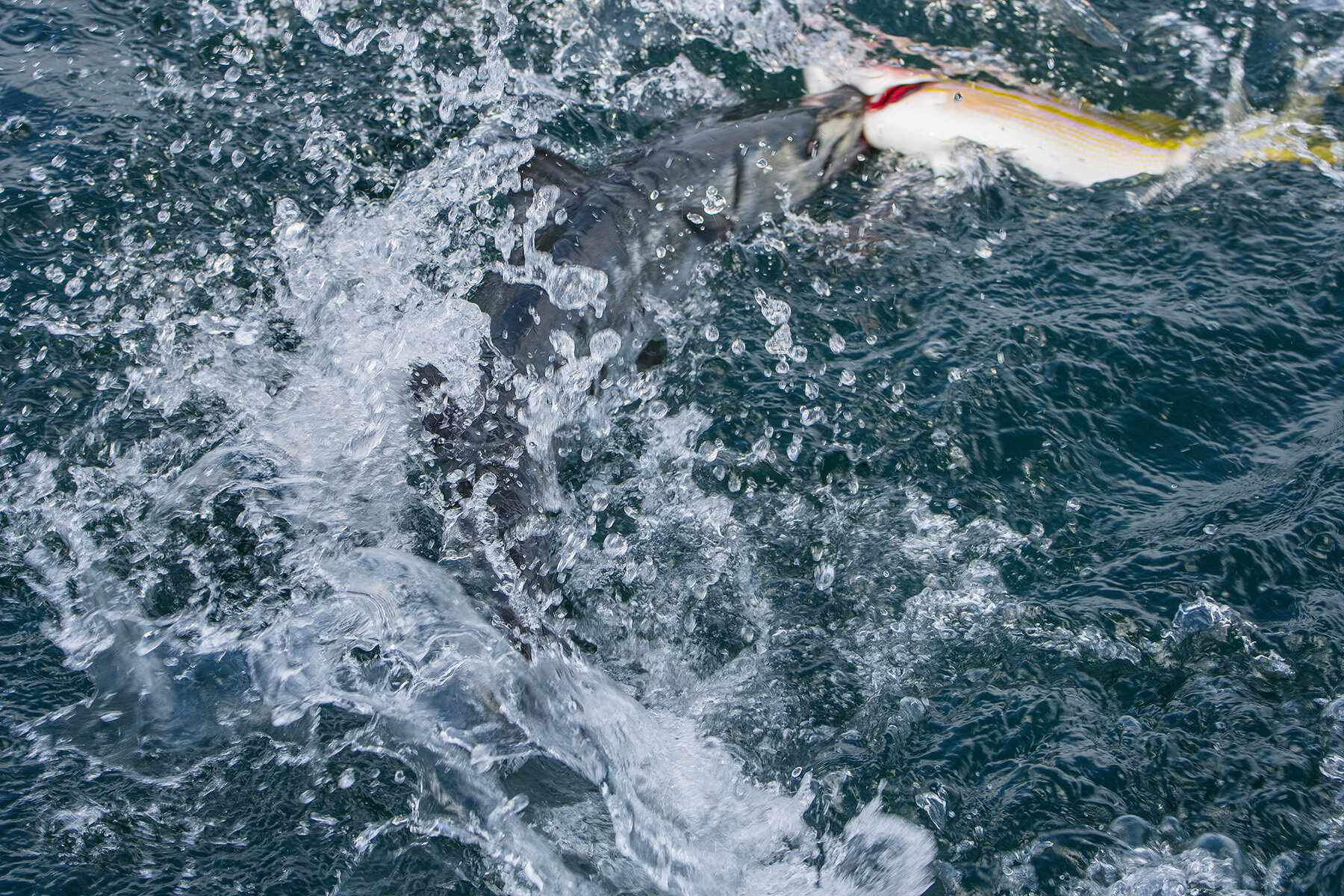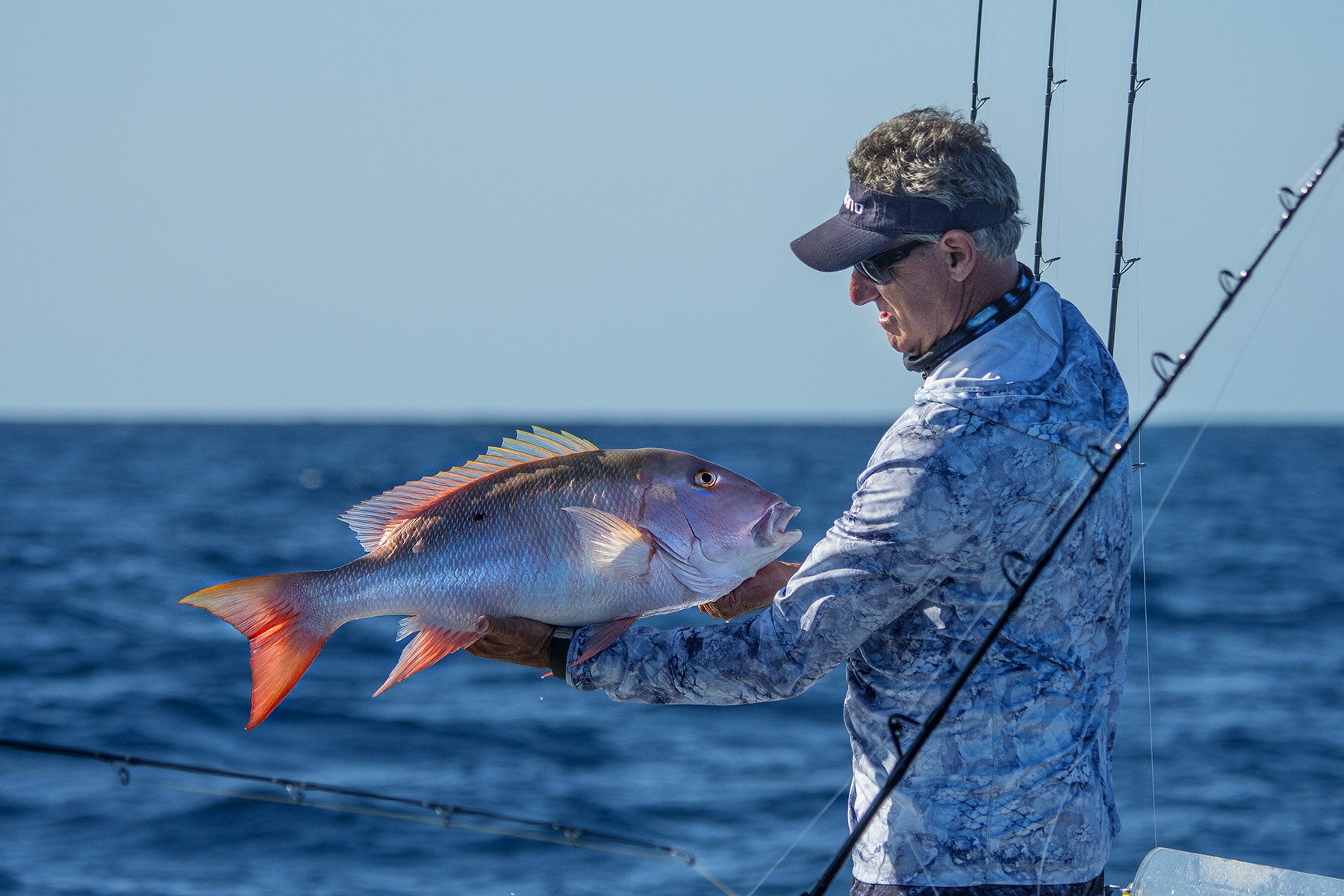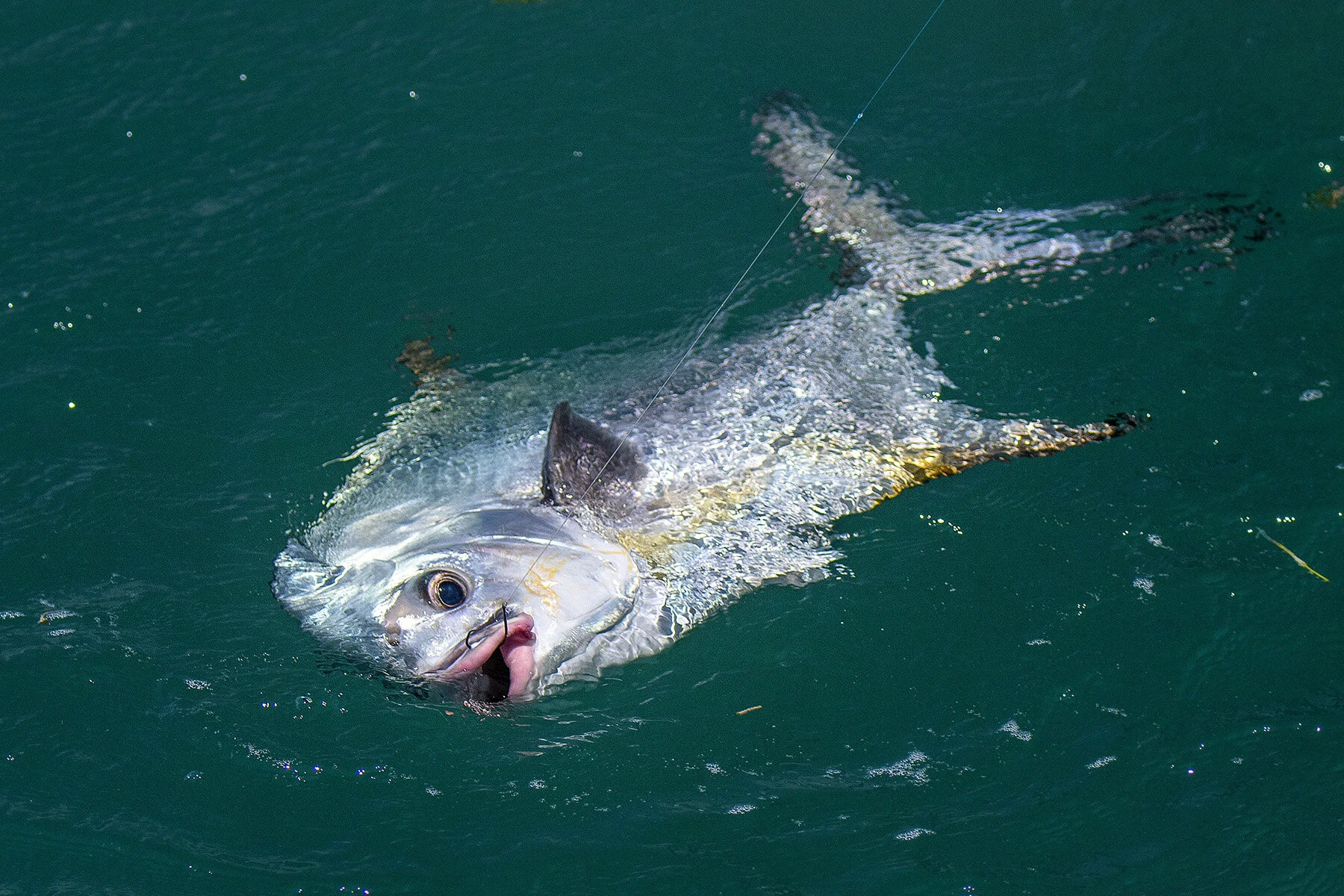Snapper Secrets From The Florida Keys
written by Evan anderson
Snapper fishing is a staple of the Florida Keys, and today our experts Scott Walker and Steve Rodger fire up the Mercury Marine motor and head out to catch some, then sit down to give us a rundown on the different types of snapper found in Florida, where to find them, what they like to eat, and how to bring them in. “There’s a lot of different types of snapper you can fish for,” says Rodger, “But the one thing that’s in common is that they’re all excellent, excellent to eat.” “[We] have every species of snapper right out our front door,” adds Walker, “And not the reef backdoor, but in the canals right behind us.” It’s a quintessential Florida fishing experience and is extremely doable, so here are some of Florida’s snapper secrets.
Yellowtail Snapper
Yellowtail Snappers are a great, exciting fish to chase because of how active they are, and how relatively simple they are to catch. “They’re so accessible,” says Walker, “anybody can yellowtail [with] a couple blocks of chum, a little bit of oats, an anchor, and a fishing pole.” “My favorite way to do it,” says Rodger, “is to get on the reef, chum ‘em like you would in any other situation with dead bait, but then bring the live bait with you because it makes that yellowtail visual, he’s flopping and flipping on the surface, people can see them, and they can throw lures at them.” He goes on to say that “once that fish turns his eye back and decides, ‘I’m gonna eat that live bait,’ it seems like his smarts have gone away, and you can catch some really big fish with the live bait.”
Mutton Snapper
Another type of snapper commonly found in the keys is the mutton snapper. Mutton snappers are a more solo fish, so you won’t find big schools of them, usually, and they like to swim near the bottom. They’re frequently caught when going after sailfish. “They like to swim on the sand. They just need something to swim around, one rock,” says Walker, “If it’s in 120ft of water you can score some really nice bonuses. You’re waiting for your sail, but then here comes your dinner fish. That stud mutton really puts a smile on everybody’s face.”
Rodger’s preferred method for catching mutton snapper is to drop an anchor by a wreck and drop sandballs down to draw them in. “I’ve caught a lot of monster mutton that way, 20-pounders,” says Rodger. He makes his sandballs by mixing sand, peanut butter, and chum bait together with his cut bait in the middle. “I like peanut butter,” Rodger explains, “That way the chum will go down to the bottom instead of hanging out on top.”
American Red Snapper
For a long time, American red snappers were heavily regulated due to a low population. But according to Rodger, “They’ve made a huge comeback. That fish is seen more and more, the sizes are getting a lot larger, and they’re finally working it out to give anglers a few more days to fish for them.” Red snapper makes for a delicious meal, which is why many anglers get excited to have one on the end of their line. “They’re not too picky,” says Rodger, “and that’s their downfall. If they’re there, they’re gonna eat.” This gives anglers an advantage because they can use artificial lures (available at West Marine) in addition to live bait.
Red snappers are frequently found in “your favorite mutton holes,” as Walker likes to put it. They tend to drift toward similar conditions as mutton, but they travel in big schools. Since mutton like to be solo, the big schools of reds will inevitably push them out.
@ SE Multimedia 2019
Lane Snapper
“The hard part about a lane is finding one of any size,” says Rodger, “A lot of the lane snappers are small.” Lane snapper is rarer among the fishing community because, as Rodger pointed out, they aren’t huge, usually, and are not fished for commercially, but they’re very good eating, according to Walker and Rodger. Where you’ll find them is typically among wrecks and seaweed patches in the gulf and can be caught by using jigs. The limit is 10” and you are allowed 10 per person.
Mangrove Snapper
“Mangrove snapper is one of the smartest snappers, I believe,” says Rodger. Mangrove snappers are probably the hardest snapper to catch because they are a lot smarter and they love structure, which will inevitably result in some tangles and hangups during a fight (To that point, if you’re short on tackle and heading out to catch some mangrove, check out West Marine to stock up). Mangrove snappers are commonly found around oil rigs, wrecks, towers, and mangrove patches.
Itching to throw on your Scales gear and snap up some snappers? Then check out the full episode below to see these two in action on S11:E3 of “Into the Blue.”



















